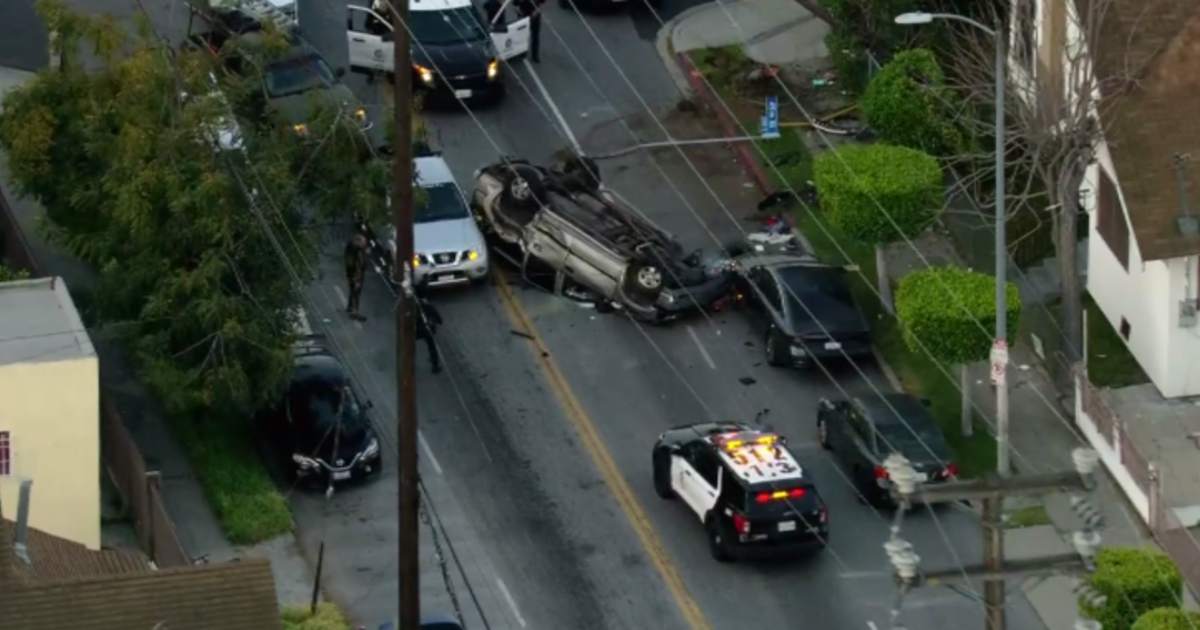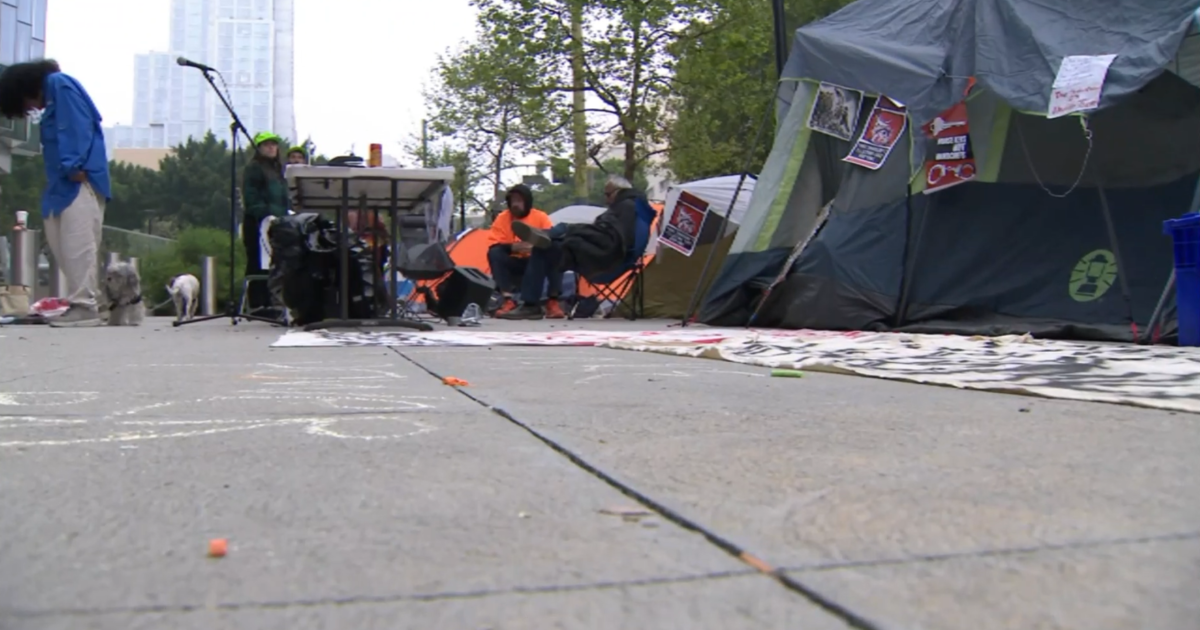World's First 3D-Printed Gun? Hobbyist Claims Device Used To Make Key Part
LOS ANGELES (CBSLA.com) — An online firearms enthusiast has claimed to have successfully assembled a working firearm by using parts made by a 3D printer.
The unidentified hobbyist known only by his handle "HaveBlue" posted photos on AR15.com of an .22 pistol made using "an old Stratasys 3D printer" from the mid- to late-90s.
Rich Brown of CNET.com told KNX 1070 NEWSRADIO the advanced printing technology — just like anything else — can be used for good or evil.
Podcast
"Like any other tool, a 3D printer is only as useful or as dangerous as what we make of it," said Brown.
HaveBlue apparently built what's known as the lower receiver with a standard plastic commonly used by even the most inexpensive 3D printers and then finished it off with other conventional AR-15 parts.
After firing off about 200 rounds of .22-caliber ammunition, HaveBlue claims the firearm "runs great" and believes it's the first of its kind ever to be tested.
Brown said that assessment is probably correct.
"In terms of designing this part, I know he improved the design, and then printed from that design, but my understanding is he's an experienced gunsmith, so he certainly knew what he was doing," he said.
HaveBlue even posted the schematic to printing a reinforced AR-15 lower receiver online.
Under U.S. law, any lower receiver — the part critical to firing the weapon — is required to carry a serial number and can only be legally purchased from a licensed firearms dealer, which could mean anyone who has been denied or stripped of a gun permit could theoretically manufacture the lower receiver and bypass federal law.
And while the average hobbyist is unlikely to use their 3-D printer to illegally manufacture a firearm, at least one expert says any fears of potential abuse of this technology posing a public threat are probably unrealistic.
Rand Corporation terrorism expert Brian Jenkins told KNX 1070's Charles Feldman a plastic-producing machine pales in comparison to the abundance of gun shops scattered throughout Southern California and the rest of the nation.
Podcast
"First of all, we start with the environment in the United States, an environment in which guns are readily available," Jenkins said. "One would not have to go to the trouble or the expense to make a plastic version of an AK-47 or an AR-15 when they are readily available."
Jenkins also pointed out that while parts of firearms may be made of plastic, the ammunition used for any firearms would still be made of metal and thus is entirely detectable by conventional metal detectors and back-scatter X-ray machines used at airports and other travel terminals.



